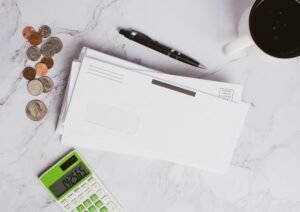For Minnesota First Time Home Buyers, the journey to homeownership starts long before touring houses or making an offer. One of the most important steps in the process is getting pre-approved for a mortgage. A mortgage pre-approval gives you a clear picture of how much home you can afford, strengthens your offer, and helps you navigate the financial side of buying a home with confidence. Whether you’re attending an MN First Time Home Buyer Class or a First Time Buyer Seminar in MN, understanding mortgage pre-approval is essential.
What Is Mortgage Pre-Approval?
Mortgage pre-approval is when a lender reviews your financial situation—including your income, credit score, debts, and assets—to determine how much they are willing to lend you. Unlike pre-qualification, which is a basic estimate, a pre-approval is a more in-depth process that requires documentation and verification.
Why Pre-Approval Matters for MN Home Buyers
- Know Your Budget
- Pre-approval helps you understand your price range so you don’t waste time looking at homes outside your budget.
- Lenders consider your debt-to-income ratio (DTI) and creditworthiness to determine how much you can afford.
- Estimate All Homebuying Costs
- Pre-approval includes a breakdown of potential costs, such as:
✔️ Down payment – The percentage you’ll need upfront.
✔️ Closing costs – Fees for processing the loan, title work, and more.
✔️ Monthly payments – Principal, interest, taxes, and insurance (PITI). - Understanding these expenses prevents surprises when it’s time to close on your home.
- Gain a Competitive Edge
- In a competitive market, sellers prefer buyers who are pre-approved because it shows serious intent and financial readiness.
- A pre-approval letter makes your offer stronger and more attractive to sellers.
- Explore Down Payment Assistance & Grants
- Many First Time Buyers in Minnesota qualify for programs that reduce upfront costs.
- Programs through the Minnesota Housing Finance Agency (MHFA) offer down payment assistance and grants for eligible buyers.
- Your lender will review these options to see if you qualify for financial help.
How to Get Pre-Approved
✔️ Check Your Credit Score – Higher scores get better interest rates.
✔️ Gather Financial Documents – Pay stubs, tax returns, W-2s, and bank statements.
✔️ Meet with a Lender – A mortgage professional will walk you through the process.
✔️ Compare Loan Options – Conventional, FHA, VA, and USDA loans each have different benefits.
Final Thoughts
For MN Home Buyers, mortgage pre-approval is a critical step in Buying Your First Home in Minnesota. It helps you understand your budget, prepares you for all financial aspects of homeownership, and puts you in a strong position when making an offer. By attending an MN First Time Home Buyer Class or First Time Buyer Seminar in MN, you’ll gain further insights into financing options and assistance programs available to you. Start your journey by getting pre-approved today!





